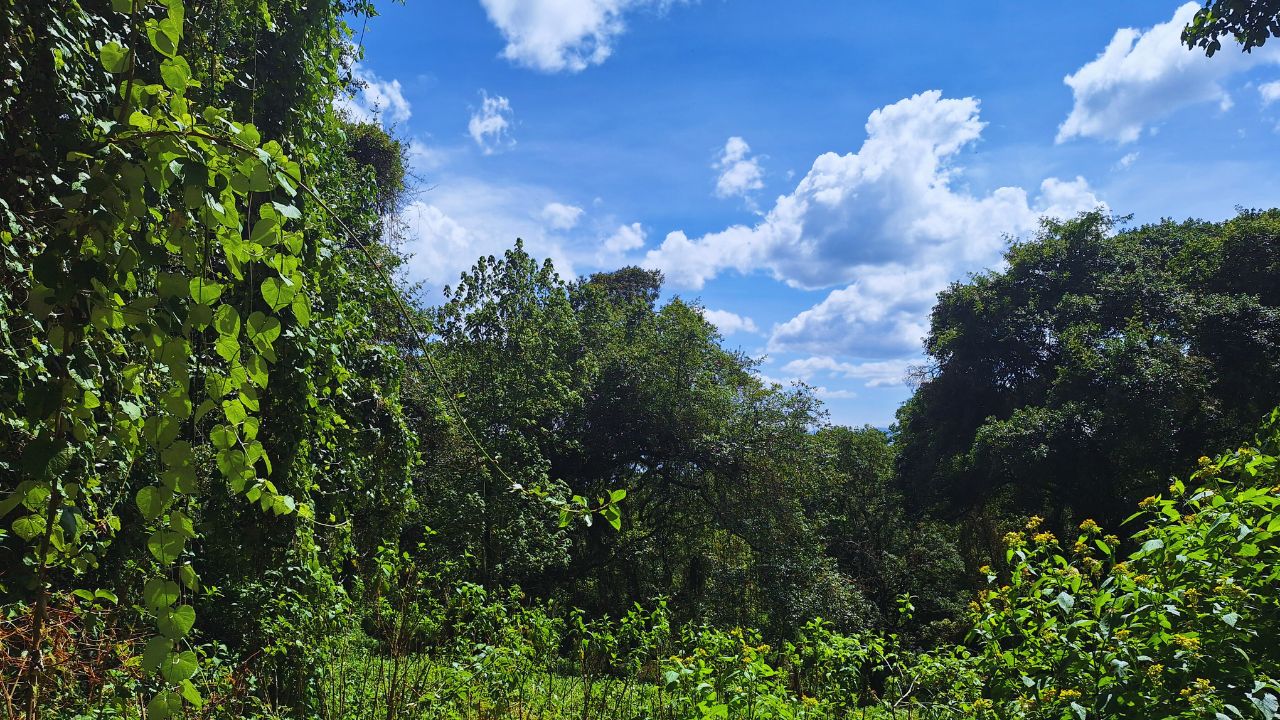Eburru, Naivasha – Before his role as a respected Fence Supervisor in Eburru forest, Paul Thuo engaged in unregulated logging and charcoal trading. Like many in Naivasha’s Eburru ecosystem, Thuo depended on unchecked and illegal natural resources exploitation for his livelihood. This historical unsustainable reliance led to forest degradation, impacting indigenous tree growth and biodiversity.
“I used to be one of the people who would harm the forest,” Thuo shared with Kass Media at the Firetower station. “For five years, other community members and I would go to the forest and do that.”
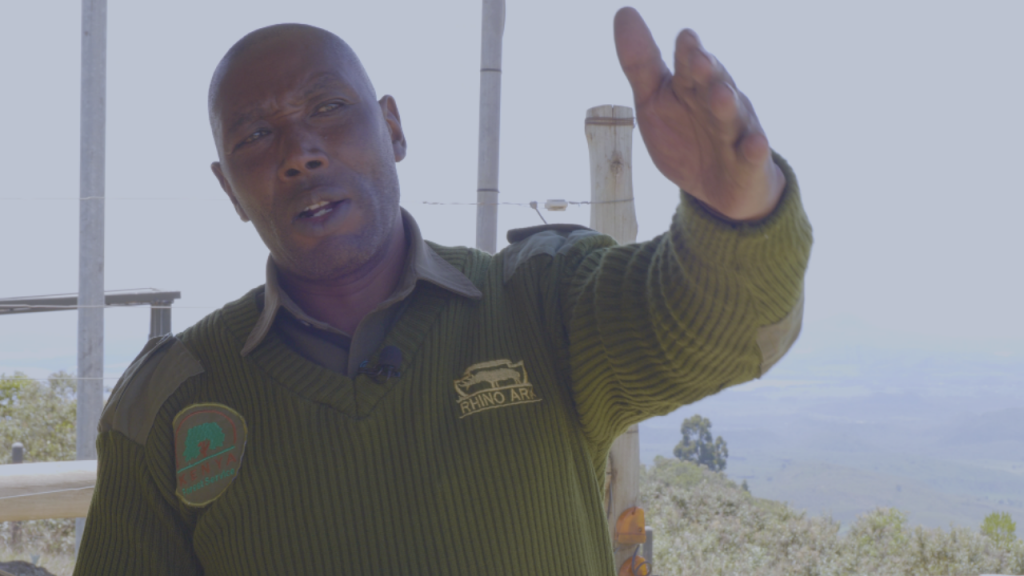
Thuo, a father of four, said the forest’s destruction was severe, noting that the land became infertile, wildlife disappeared, and insecurities heightened.
“Our children never saw wildlife growing up, but now, thanks to the conservation efforts we are undertaking here, they get to see different types of animals from the fence.” He said.
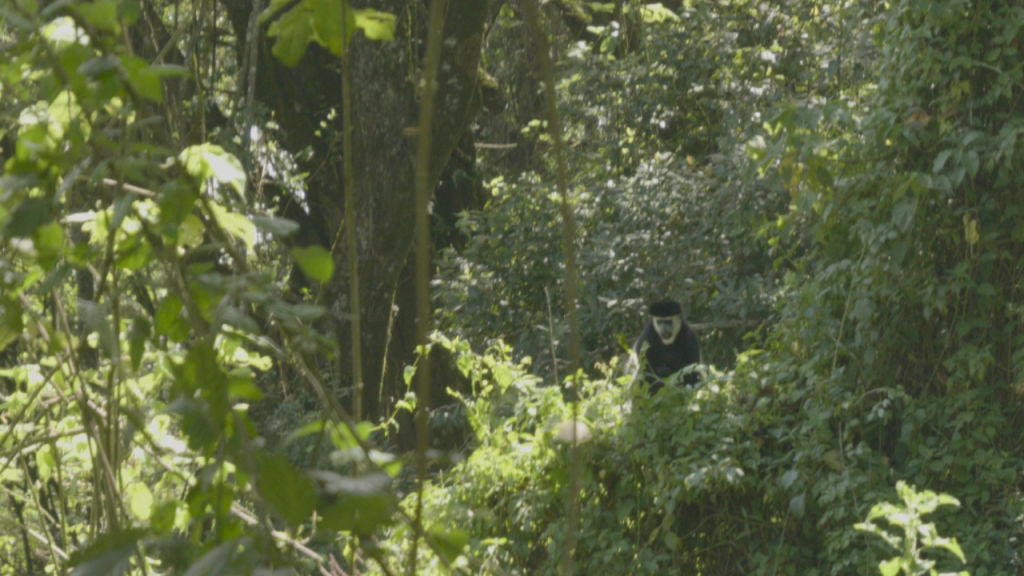
The Eburru Forest, situated in Naivasha town, Nakuru county, within a geologically active volcanic mountain, faced a dire state of decline. Intensive agriculture reduced the forest, once part of the Mau forest complex — to a small isolated island.
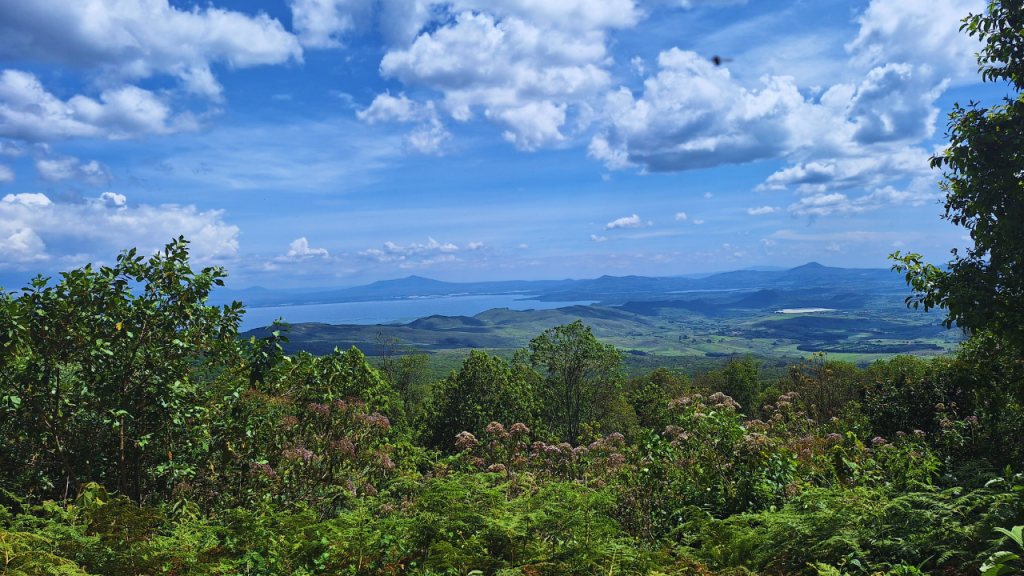
Rampant illegal activities such as logging, encroachment, and charcoal burning posed a significant threat to the water tower— located in an 8,715.3-hectare forest area bordered by Lake Naivasha to the southeast, Lake Elementaita to the north, and Lake Nakuru to the northwest.
According to recent data from the Global Forest Watch report, between 2002 and 2020, Kenya lost 50.7 thousand hectares of humid primary forest, constituting 14% of the total tree cover loss during the same period. The total area of humid primary forest in Kenya decreased by 7.8% during this timeframe
The data also reveals that 3.8% of the tree cover loss in Kenya between 2001 and 2022 occurred in areas where the dominant drivers of loss led to deforestation, with Nakuru county, making the top six regions in Kenya responsible for 52% of all tree cover loss between 2001 and 2022.
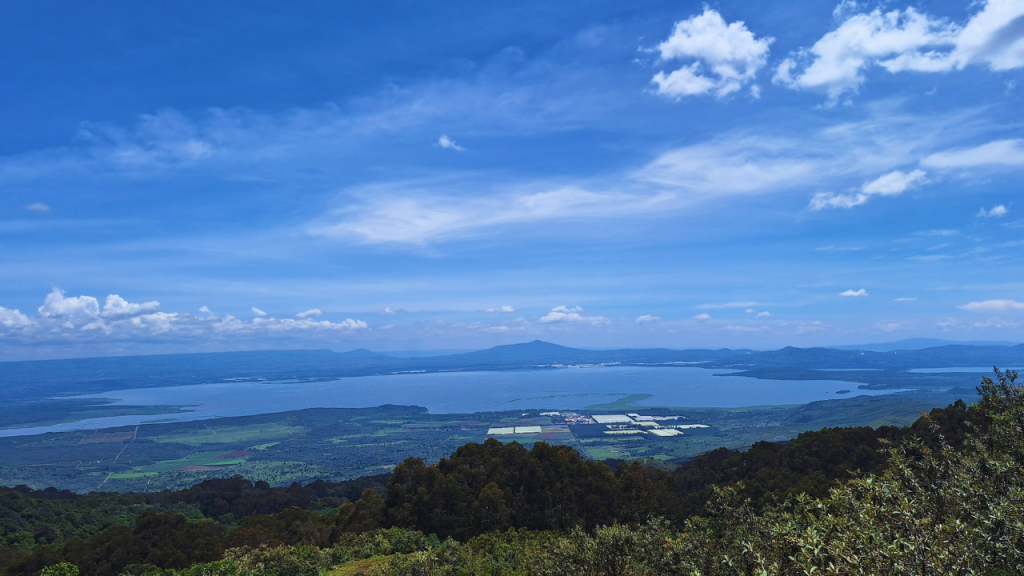
To combat the destruction of Eburru forest and safeguard community land from wildlife invasion, Rhino Ark Kenya, a Kenyan non-profit organization primarily focusing on conservation efforts, collaborated with the government to install a 43.3km electric fence.
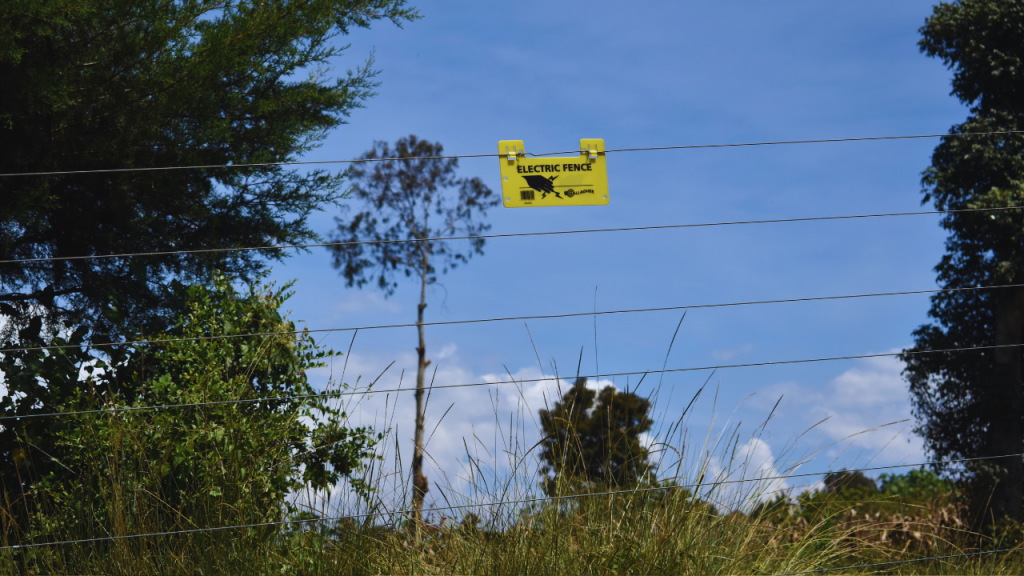
The use of electric fencing is proving effective, and it is being manned by community fence attendants stationed at four locations: Fire Towers, Naitoria, Kipkulei, and Morop.
Josephat Wagura, a fence attendant stationed at the fire-tower, said he and his colleagues work in pairs to survey the fence area.
“In case of any breach, alarms will go off, alerting us to the problem. We will then communicate across the stations to quickly address and rectify the issue.” Wagura said.
“Because the electric fence is solar-powered, consistently charging the battery that operates it, we never encounter power outages, ensuring that the fence is always active,” he said.
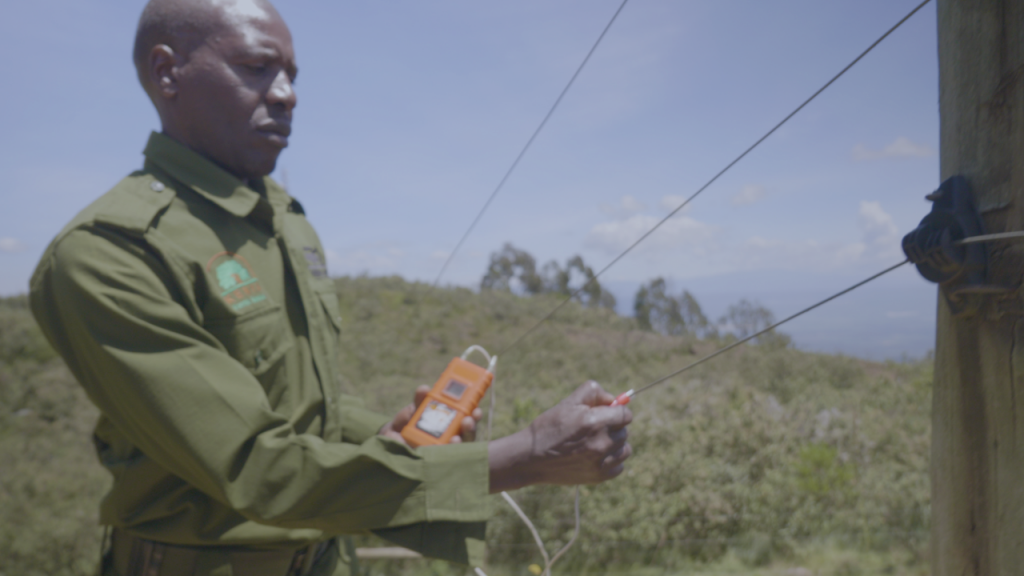
Wagura says that the fence has been of great help to the community because it properly identifies the demarcation area, between community land and wildlife land, thus mitigating human-wildlife conflict.
Additionally, the fence has been able to protect the crops in the farm, which makes food plenty in the area.
“Previously, the animals would invade the land, eating all the food in the farm, leaving destruction behind,” he says.
Wagura said that his role as a fence attendant provides him with work stability, enabling him to support his family and educate his children.
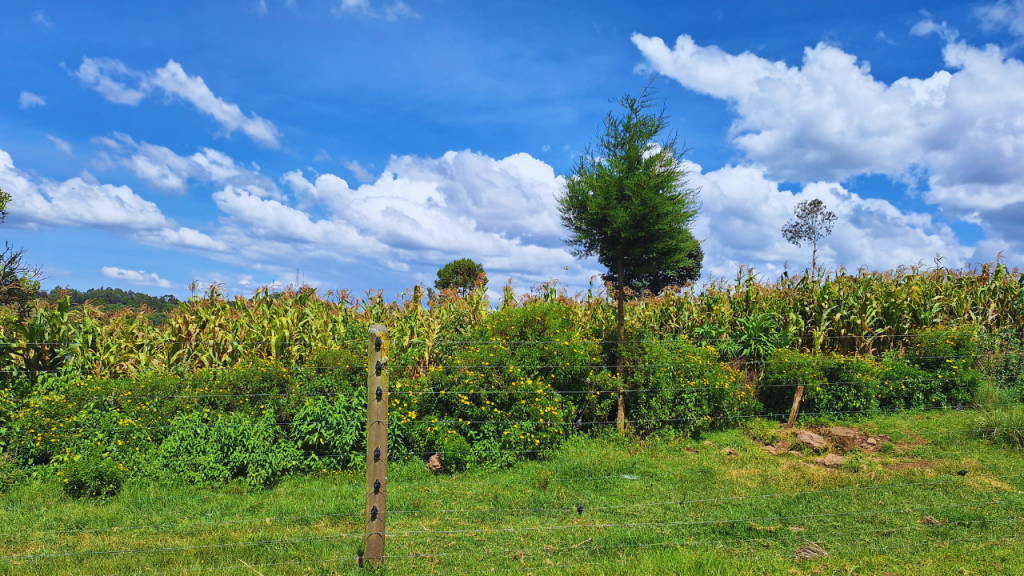
For Maseto Kosen, a member of the indigenous Ogiek tribe in Eburru, the electric fence has brought about significant changes, especially in restoring the forest and clearing the air from the heavy smoke that once filled the environment due to the widespread burning of trees.
“Things have changed a lot for us now,” Kosen said. “We no longer have to worry about our crops getting eaten up by animals wandering around. The forest has become a place where we can engage in beekeeping and farming without fear.”
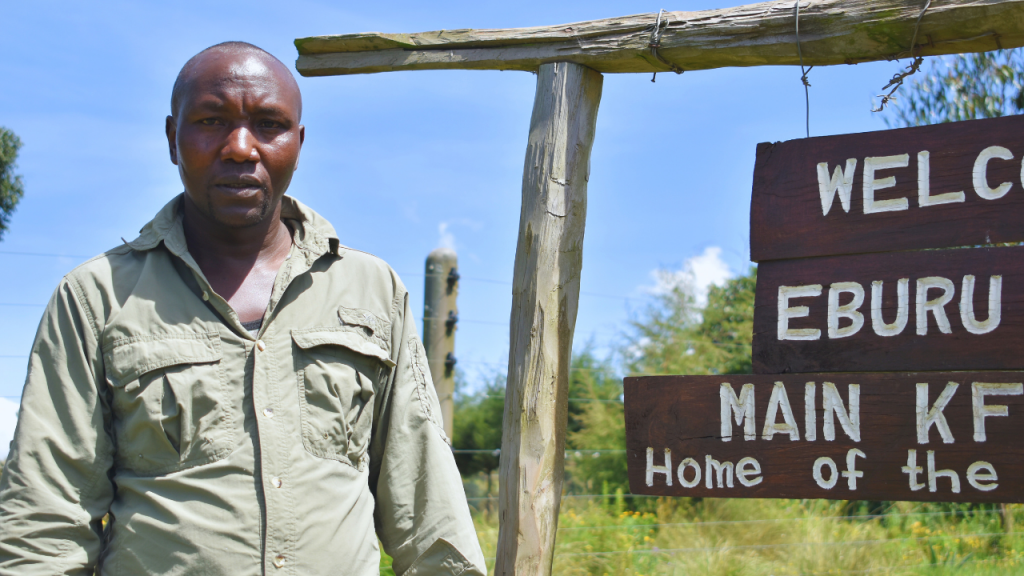
Kosen, a reformed poacher, said that thanks to the training provided by Rhino Ark Kenya, they have learned valuable skills in beekeeping and agricultural practices.
“We have been taught how to set up and maintain beehives, harvest honey, and even package it for sale in the market. It’s been a learning journey for us.” He said.
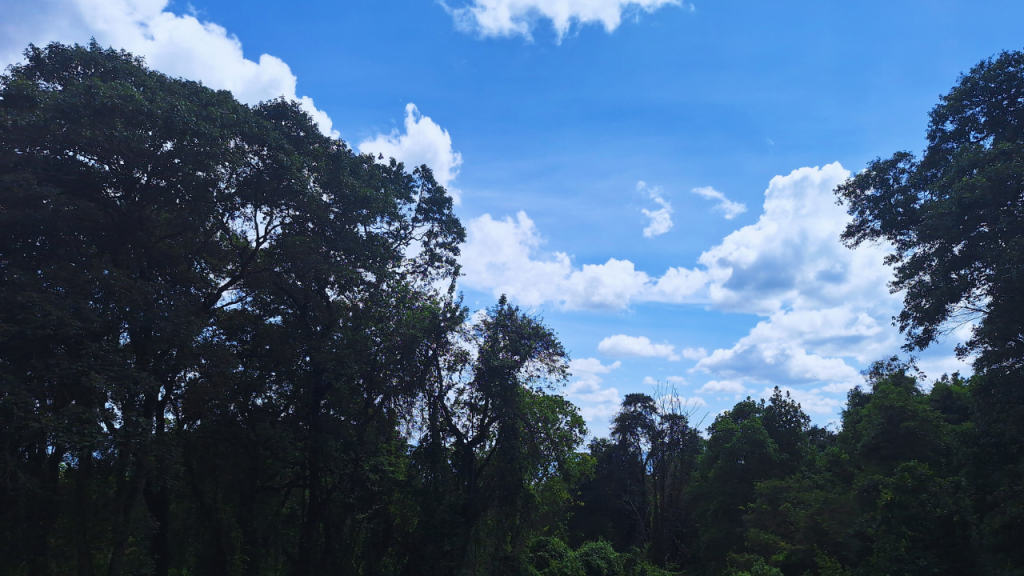
Rhino Ark Kenya actively engages the local community in the continuous supervision and protection of the electric fence. This significant and enduring conservation initiative ensures a balanced coexistence between humans and wildlife—contributing to the sustainable management of the forest.
While the resilient community in the Eburru ecosystem strives to forge a harmonious coexistence with nature, a looming challenge persists on the plate for the region’s wildlife – the establishment of essential wildlife corridors.
Wildlife corridors are paths that connect different areas where animals live, even when there are obstacles like roads and buildings in between.
The Wildlife Conservation corridor, designed to connect the Eburru forests to Lake Naivasha, is in a state of limbo due to financial constraints. Initiated in 2016, the corridor’s construction was to provide a safe passage for wildlife crossing Moi North Lake Road — however, delays in government funding have hindered progress.
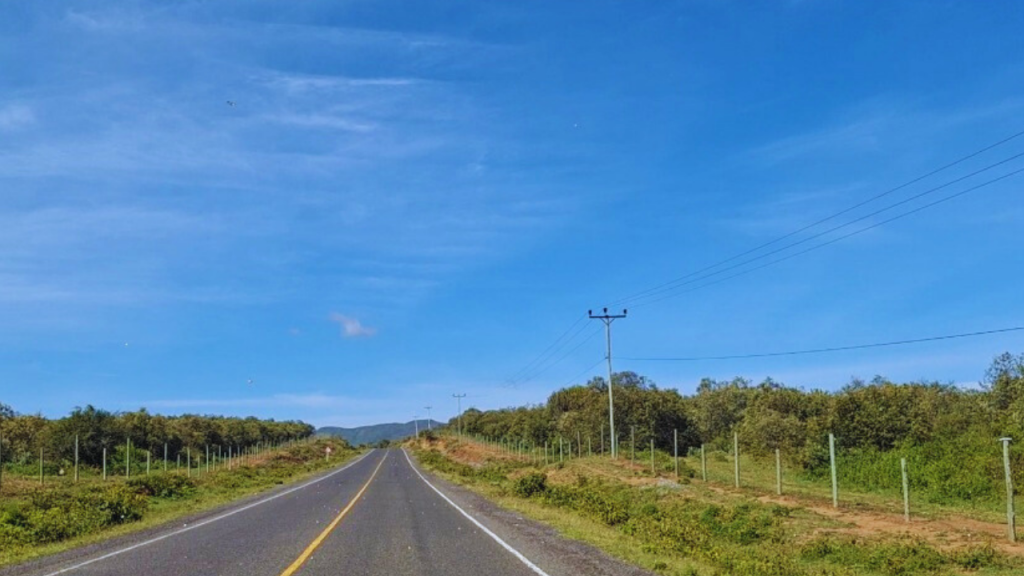
A marked path in Eburru reveals designated locations for the creation of natural-looking wildlife corridors, aimed at enhancing driver safety and preventing biodiversity loss. This initiative has gained significance due to the tarmacking of Moi North Lake Road, disrupting wildlife habitats.
Joseph Mutongu, Fence and Community Manager at Rhino Ark, highlighted that during the construction of the 43.3-kilometer fence, it wasn’t initially known that an ancestral road, where animals traditionally traveled to Lake Naivasha for water and returned to Eburru forest, had been blocked.
Once this obstacle was identified, a short-term solution was implemented by opening a small area to enable wildlife movement.
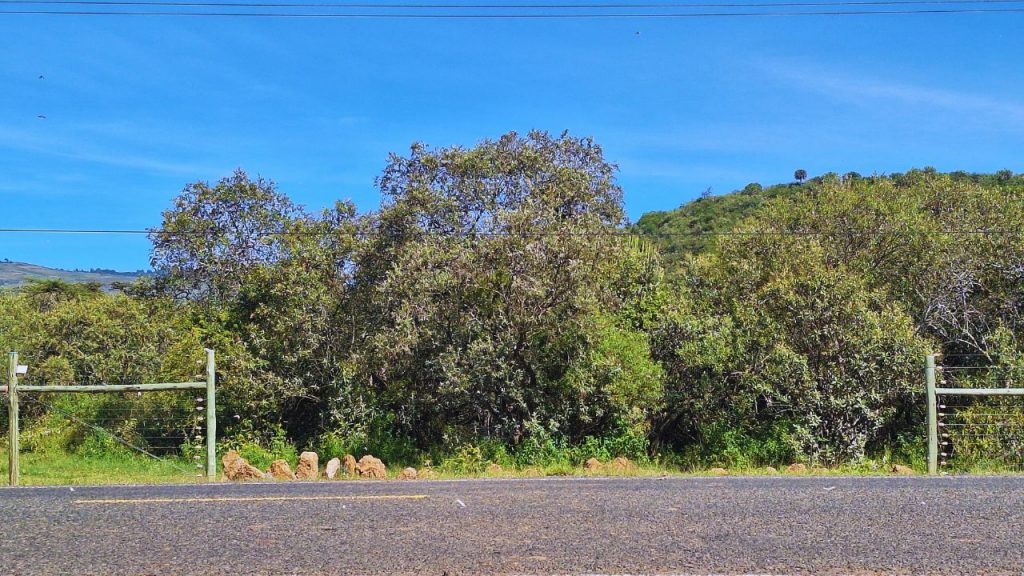
“As we initially opened up space for wildlife passage, considering it a short-term solution, the tarmacking of the Moi North road has rendered it unsafe for wildlife to traverse,” Mutongu said, adding that there have been tragic loss of several species, including leopards, in road accidents caused by speeding cars.
“This is particularly concerning as leopards are an endangered species,” he said.
He said that the key to protecting these species lies in establishing wildlife corridors for dispersal to suitable habitats, ensuring access to food and water.
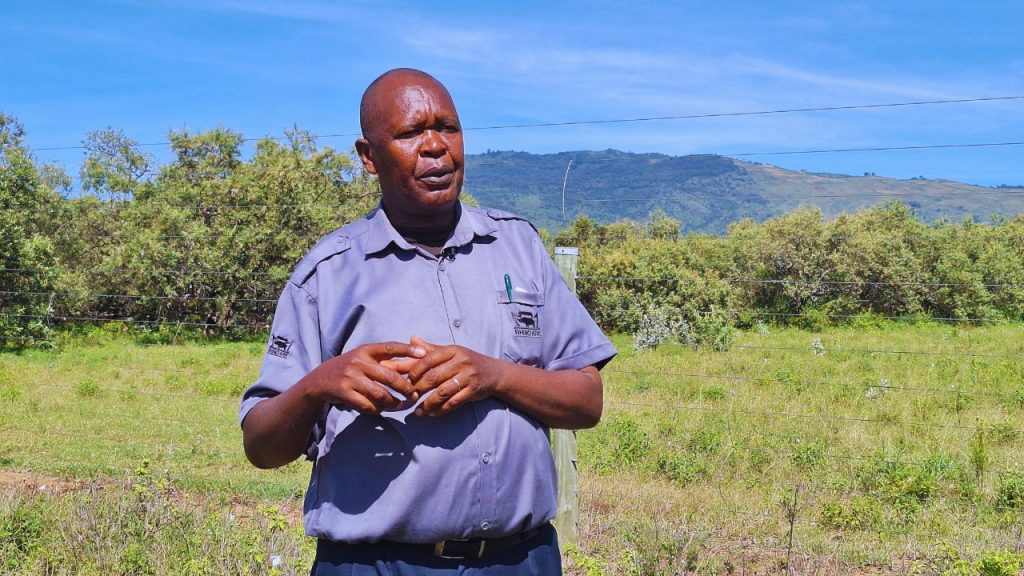
Mutongu mentioned that an engineer has been brought onsite to advise the government on the necessary steps for constructing a natural-looking wildlife corridor. The local community has already provided their land for the overpass, but the government has yet to allocate the suggested budget of 200 million shillings, a proposal made more than five years ago.
Leopards, Jackals, Buffaloes, Hyena’s are a fraction of species that lose their lives when crossing the Moi North Lake Road.
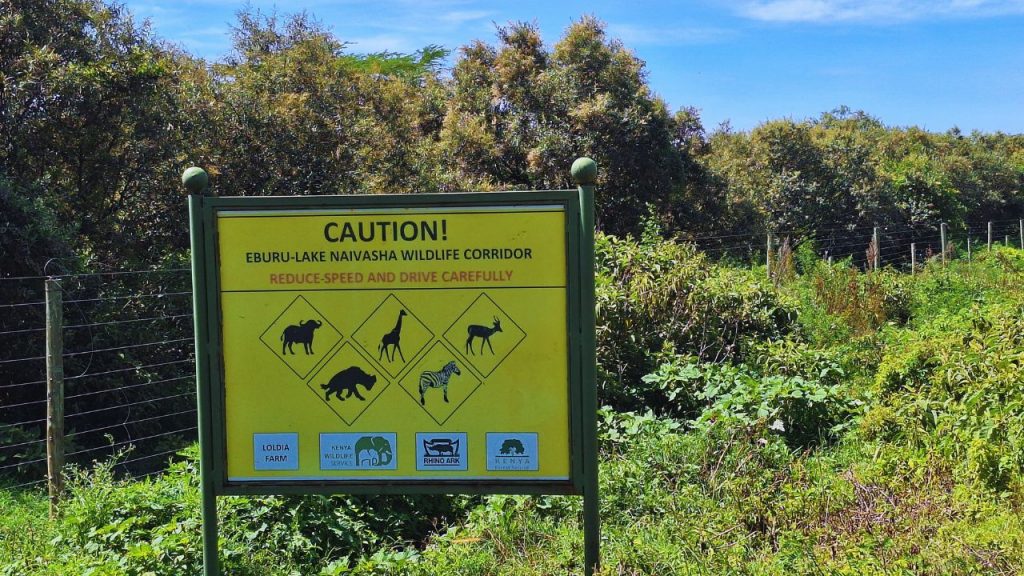
“This proposed wildlife overpass is called; Eburru lake Naivasha connectivity corridor. We don’t know how long it will take to build this overpass for the animals,” said Mutongu, adding that, at the moment they are proposing speed bumps addition on the temporary corridors to slow down the approaching vehicles to zero, so that even if the animals are crossing, they can be able to do so without the risk of being knocked down.
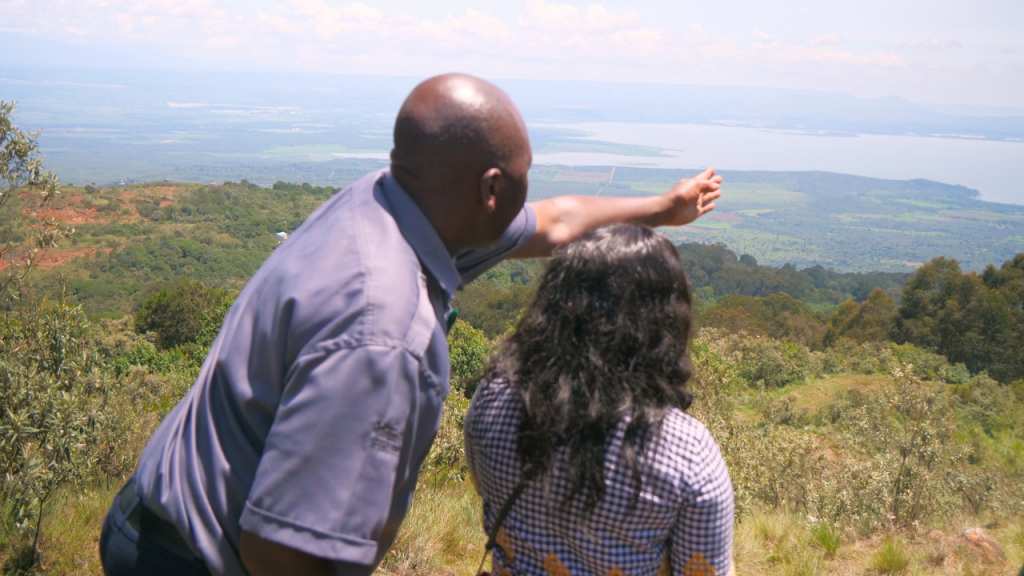
As a way to reduce the frequency of wildlife crossing the dangerous busy road, Rhino Ark Kenya has formulated an innovative solution; a makeshift water pool has been constructed in the middle of Eburu forest.
This innovative solution includes a locally made geothermal machine installed at the mountain’s summit, tapping into geothermal energy to harvest water from the produced vapor. The collected water then flows downhill through a pipe to a trough, providing wildlife with an alternative water source.
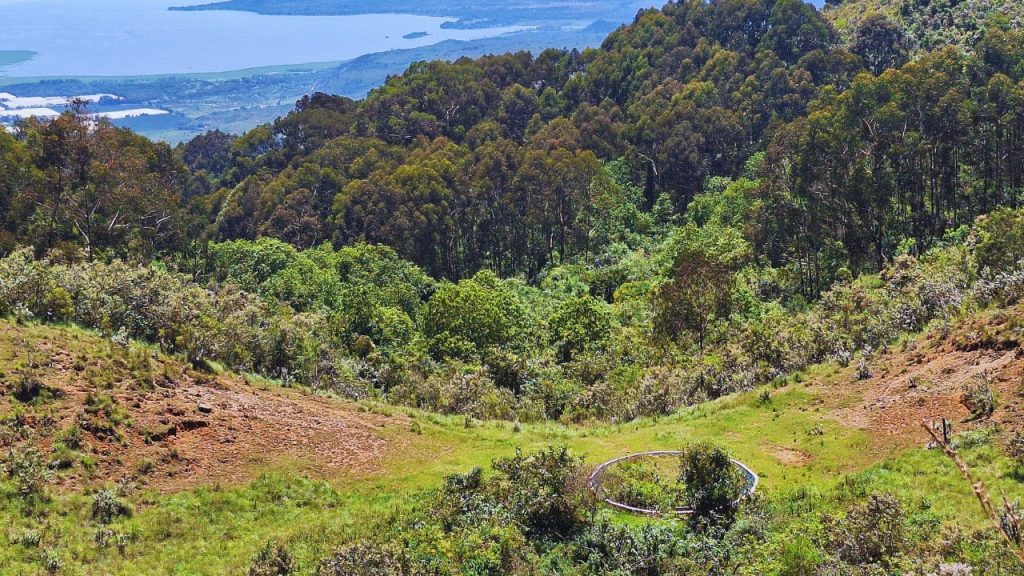
However, the harvested water is insufficient to sustain the growing diverse wildlife population in the forest. Consequently, the animals still resort to accessing water in Lake Naivasha.
The hurdle preventing wildlife from safely crossing to access water on the other side of the road is budgeting, which is supposed to be addressed by the government through the Ministry of Roads.
For Thuo, a reformed charcoal burner, the electric fence has been a saving grace for the locals and wildlife.
“It is easier to detect when criminals tamper with the fence because the alarm will go off and alert us to danger.” Thuo adds.
The fence supervisor now reports fewer cases of illegal logging and poaching.
“We’ve seen positive changes in the forest; even the rain is coming here in Eburru, very well.” Thuo said.

